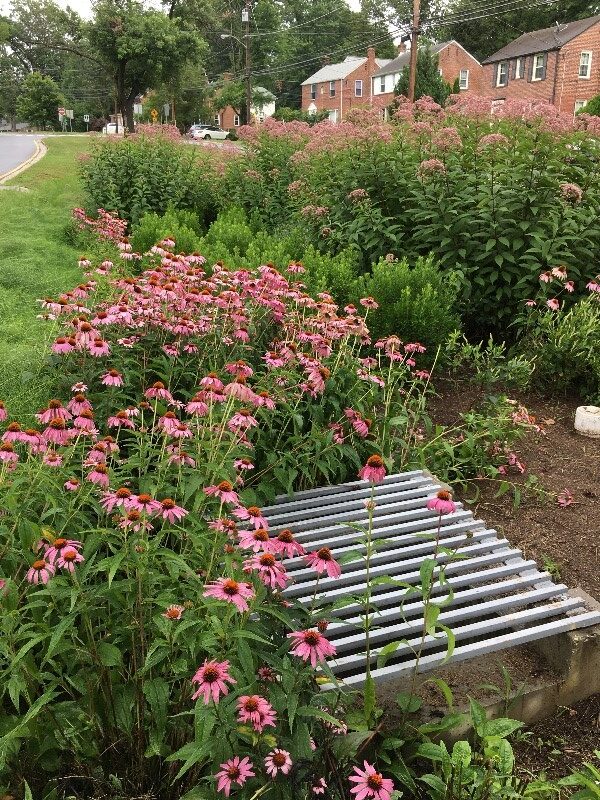When I meet with any community to discuss water quality issues, especially a group that is reluctant to implement stormwater Best Management Practices (BMPs), the first question I always ask is, “Do you know where your drinking water comes from?” It never ceases to amaze me how many people think that drinking water comes “from the plant.” They miss the important connection between the water that comes out of the taps in homes, businesses, and schools to the water that flows in rivers, streams, and underground.
Best Management Practices for Stormwater Management
Establishing the connection between the water we use and where it actually comes from is often eye-opening and seems to help people become more open to the idea of stormwater management. This is why practitioners and educators need to be more cognizant of thinking and speaking about water more holistically, especially when looking to engage boards and ratepayers. Many common stormwater BMPs have a multitude of co-benefits, including source water protection. The EPA’s Source Water Protection website lists common examples of source water protection including:
- Riparian zone restoration to reduce runoff pollution;
- Stream bank stabilization;
- BMPs for agricultural stormwater control;
- Ordinances to limit activities in critical areas; and
- Education about pollution prevention.
As a more localized example, Delaware’s Source Water Protection Guidance Manual breaks practices into five categories:
- Land use tools (i.e., buffers, impervious surface codes, excavation codes);
- Sediment and stormwater control BMPs;
- Urban/suburban BMPs (i.e., bioretention, porous pavement, etc.);
- Agricultural BMPs (no-till practices, buffer, exclusion fencing, etc.); and
- Non-regulatory tools (pollution prevention, public education).
Don’t Leave Out the Co-Benefits!
All of the above examples are practices that are also commonly used for stormwater management. In most cases, stormwater management can be tied back to an issue that the average person cares about…if you connect stormwater management to other co-benefits. Some stormwater BMP discussions stop with concepts like “bioretention will reduce the amount of water entering storm drains and reduce pollutants before the water infiltrates into the ground” or “buffer zones reduce runoff and pollution entering waterways.” But conversations that point to the co-benefits that stormwater management BMPs can deliver, such as protecting drinking water sources, can make the discussion more relatable to small system ratepayers and governing boards, leading to greater investment in source water protection.
While the examples here focus on the connection between stormwater BMPs and source water protection, there are many other overlaps that can be connected back to local priorities. Planting trees is important for stormwater management, but trees can also improve air quality, decrease the heat island effect, and (if strategically placed) impact homeowners’ heating and cooling bills, something the average person can readily relate to. Likewise, telling someone that protecting storm drains reduces pollution in their local river might not mean much, but connecting that pollution to the impacts it has on their drinking water or the fish they catch and eat can really resonate.
Shifting from “selling” BMP implementation based on the technical outcomes to prioritizing co-benefits in messaging can create common ground between practitioners and the communities they work in. Making those connections often results in greater community buy-in and support, and ultimately, increased project success.

